Taiwan has a wide variety of teas, and drinking tea daily is a part of our lifestyle. Whether it`s in convenience stores, bubble tea shops, or tea stores, the shelves are always dazzling with an array of teas. Besides the common Green Tea, Oolong Tea, and Black Tea, there are also Dong Ding Tea, Jinxuan Tea, Qing Tea, No. 18 Black Tea, and so on. The complex tea names always seem puzzling. Let`s talk about “the naming conventions of Taiwanese tea.”
Why does Taiwanese tea have so many names? This is due to the different naming systems that are used. What naming systems are there for Taiwanese tea? They include the place of origin, variety, production method, season, and flavor.
First, let`s talk about the place of origin. In Taiwan, thanks to the island climate and abundant rainfall, almost every place produces tea. From the most commonly heard Dong Ding Oolong Tea, Wenshan Pouchong Tea, Muzha Tieguanyin, Alishan Jinxuan Tea, Gangkou Tea, to even Matsu Black Tea, the first term of these teas is the place of origin, namely Dong Ding, Wenshan, Muzha, Alishan, Gangkou Village, Matsu.
Among the many tea-producing areas, only Tainan does not grow tea. Its history dates back to 1876 (the second year of the Guangxu period), when the tea regions in northern Taiwan were becoming increasingly prosperous. Therefore, the Taiwan Military Governor Xia Xianlun tried to grow tea in Tainan. However, due to the difficulty in cultivation and poor quality, the attempt to grow tea in Tainan was abandoned. The Taiwan Military Governor was the actual administrative officer during the Qing Dynasty`s rule over Taiwan.
Central Taiwan is the main tea-producing area, including Mingjian Township, Zhushan Town, Lugu Township, Ren`ai Township in Nantou County, and Heping District in Taichung City. These areas account for more than half of Taiwan`s total tea production. The reason for such large production is that, besides producing premium teas, these areas also cultivate a large amount of raw material for beverage tea in Mingjian Township.
Just as with any fine agricultural product, the importance of origin, often referred to as terroir, is emphasized, similar to Ningxia`s goji berries, Xinjiang`s Hami melons, and French wines. The flavor of crops is primarily formed by the accumulation of environmental conditions at the place of origin. These conditions include temperature, humidity, wind direction, topography, soil pH, soil components, light intensity, and the length of day and night, among others. Additionally, the mechanism of photosynthesis in plants varies, dividing them into three types: C3, C4, and CAM plants, each suited to different environmental conditions. Tea leaves belong to C3 plants, which have relatively low photosynthetic efficiency and produce sucrose through photosynthesis. Tea trees thrive in temperate environments where the sunlight is not too intense (to avoid reaching the light saturation point), as excessive sunlight can hinder growth. They require ample water but also good drainage. Tea plants also prefer other specific conditions, such as slightly acidic soil and a dislike for the metal ion calcium.
To add, one of the representatives of C4 plants is corn, which has a high photosynthetic efficiency and can tolerate intense sunlight. It can survive well even in environments with little water, producing starch as a photosynthetic product. This is why corn is often grown in tropical regions. CAM plants, represented by cacti, are typically found in desert environments.
When it comes to tea leaves, let`s delve into the factors affecting tea flavor, starting with altitude. Generally, the higher the mountain, the colder the climate. Combined with Taiwan`s island climate, which easily leads to fog, these factors affect the duration of sunlight and the humidity in the environment. Together, they indirectly influence the flavor profile of tea leaves, or more specifically, the chemical composition of the tea. Simply put, tasty tea is sweet, while less enjoyable tea is astringent. The sweet components are mostly sugars and amino acids, whereas the astringent ones are mostly catechins. We can think of sugars as nutrients for the plant and catechins as sunscreen. Applying these concepts to the altitude of the mountains explains the taste of the tea. If the tea is grown at a lower altitude, it means there`s more sunlight, so the plant needs more “sunscreen” to avoid sunburn. If the tea is grown at a higher altitude, it means there might be less sunlight and lower temperatures, so the plant needs to store more nutrients to survive the cold weather. This is why people enjoy high mountain teas.
Someone might ask about the importance of the aroma of tea leaves. The source of tea leaf aroma is quite complex; the substances in tea leaves produce aroma after oxidation, such as amino acids, fats, and sugars, which can oxidize into different flavors. This oxidation is what we often refer to as fermentation in tea leaves.
The second environmental factor affecting tea quality is the orientation of the mountain slope, which influences the angle of sunlight exposure and wind direction. Tea quality is generally poorer in concave areas of the mountain.
The third factor is the soil. Nitrogen, phosphorus, and potassium are the primary nutrients needed by tea plants, while calcium, magnesium, and sulfur are secondary elements. When these elements are out of balance, tea plants may flower or even experience poor growth. The different proportions of trace elements in the soil, such as iron, manganese, copper, zinc, molybdenum, chlorine, and boron, also contribute to the unique flavor of tea leaves. Not all areas in Taiwan are suitable for tea cultivation, so appropriate fertilization is crucial. Speaking of fertilization, if you pass by a tea garden, you might notice that the tea plants around the edges grow better than those in the middle. Apart from waterlogging, this could be due to fertilizer application being neglected by workers, as the fertilizer is heavy and thus, most of it ends up being applied only around the edges of the tea garden.
Beyond the nutritional elements in the soil, the texture of the soil itself is also crucial. Teas grown in sandy, shale, clay, and red soils all have distinct flavors. All these factors combined contribute to what is called the “mountain terroir.”
In the past, it was possible to identify the origin of tea leaves just by tasting them, because tea-producing areas were more straightforward, and there were fewer ways to alter the composition of the soil, making it easier to identify the correct origin of the tea. However, today, with a wide variety of tea-producing areas, some of which are even accessible only by cable car, and the help of various nutritional fertilizers, it has become more difficult to discern the origin of tea leaves just by taste. In fact, tasting tea is about accumulating a database of experiences. Besides distinguishing between different teas, remembering the flavor profile of each tea is one of the challenging aspects of the tea world.
Let`s talk about tea varieties, using Dong Ding Oolong Tea, Wenshan Pouchong Tea, Muzha Tieguanyin, Alishan Jinxuan Tea, Gangkou Tea, and Matsu Black Tea as examples. Among these names, varieties such as Oolong Tea, Pouchong Tea, Tieguanyin, and Jinxuan Tea are mentioned. For Gangkou Tea, Matsu Black Tea, and other commonly heard names like Lishan Tea, the variety is omitted. Why is this the case? It`s a matter of habit. In Taiwan, most people drink partially fermented teas, a process known as making Oolong Tea, predominantly using the Qingxin Oolong variety. Therefore, the variety and even the process are often omitted, leading to the tea being named directly after its place of origin, resulting in names like Lishan Tea. A more accurate naming would be Lishan Qingxin Oolong Tea. If the raw material for making Oolong Tea is not Qingxin Oolong, the variety is specifically mentioned to highlight the name of the variety, such as Alishan Jinxuan Tea, indicating it`s Jinxuan Tea cultivated and produced in Alishan. Since most teas in Taiwan are processed as Oolong Tea, the method name is often omitted. The full name of Alishan Jinxuan Tea should be Alishan Jinxuan Oolong Tea. In short, the name of the tea should ideally include three factors: the place of origin, the variety, and the processing method.
Having discussed varieties, let`s move on to production methods, continuing with the examples of Dong Ding Oolong Tea, Wenshan Pouchong Tea, Muzha Tieguanyin, Alishan Jinxuan Tea, Gangkou Tea, and Matsu Black Tea. Here, four tea production methods are mentioned: Oolong Tea, Pouchong Tea, Tieguanyin, and Black Tea. What about Alishan Jinxuan Tea? Since it`s widely recognized as Oolong Tea, that part is omitted, making its complete name Alishan Jinxuan Oolong Tea. If it were Alishan Jinxuan Black Tea, it would indicate that it`s Jinxuan tea grown in Alishan and processed using the black tea method. The partial fermentation process is known as Oolong Tea, and when we mention Oolong Tea, it`s understood to refer to tea leaves that are rolled into balls. Pouchong Tea is mentioned, it signifies long, fragrant leaves. Tieguanyin, on the other hand, refers to ball-shaped leaves with a slightly sour and roasted aroma. Thus, from the name alone, one can deduce the flavor profile of the tea.
What about Gangkou Tea? Its production process is quite special, resembling Oolong Tea but not as perfectly round. This is because, in the final shaping process, instead of using cloth balls to shape the tea, a rolling drum is used to roll the leaves into shape. This method produces leaves that are not perfectly round, resembling shrimp in shape, and with extended rolling, the tea leaves` surface develops a frosted, whitish sheen. So, it can be said that if a Taiwanese tea name does not specify the production method, it is most likely Oolong Tea.
Having discussed production methods, let`s delve into the influence of seasons, a complex subject for which we refer to the traditional Chinese agricultural calendar. Since the harvesting time for Oolong tea is generally later than that for green tea, the period around the Grain Rain is considered the time for spring tea, normally after the Spring Equinox. Tea harvested after the Start of Summer is known as summer tea, after the Start of Autumn as autumn tea, and after the Start of Winter as winter tea. Tea picked after the winter harvest and before the Start of Spring is called winter sprout tea. These solar terms apply to regions below approximately 1500 meters in altitude. Above this altitude, due to colder weather, the entire harvesting schedule is delayed. For example, Lishan`s spring tea is harvested between Grain in Ear and the Summer Solstice, a period normally associated with summer tea. Therefore, tea has alternative names to indicate spring, summer, autumn, and winter harvests: first flush, second flush, third flush, and fourth flush tea. Thus, terms like spring tea, winter tea, and second flush tea refer to the tea`s harvesting season.
Having covered seasons, let`s discuss a commonly overlooked aspect: flavor. We often hear terms like raw tea, semi-ripe, and ripe tea, which refer to the tea`s flavor profile, or rather, its degree of roasting. Roasting is a major processing technique for Oolong tea. Simply put, if tea leaves are dried immediately after fermentation, they can be called raw tea or light-fragrance tea. If the leaves are lightly roasted after drying, they are considered semi-ripe. If they undergo deep roasting after drying, they can be called ripe tea, also known as strong-flavor or even charcoal-flavor tea. It`s important to clarify that roasting and fermentation are distinct processes; green tea does not become black tea through roasting, and ripe tea is not the same as black tea. For example, sashimi is like green tea, aged a bit like Oolong tea, and if air-dried and cured, it`s like black tea—a natural reaction process without heat, thus no issue of being “ripe” or “unripe.” Hence, the concept of “ripe” requires heat: raw tea is like sashimi, semi-ripe is seared, and ripe tea is grilled. I hope this simple explanation helps clarify that fermentation and roasting are different processes.
Therefore, a tea`s complete name should include its flavor profile, such as Alishan Jinxuan Oolong Tea becoming Light-Fragrance Alishan Jinxuan Oolong Tea for a more comprehensive naming. Although this name is lengthy, it encompasses flavor, origin, variety, and production method. Why don`t green tea and black tea usually include flavor in their names? It`s because these teas are rarely roasted and are predominantly of the light-fragrance type, thus the descriptor “light-fragrance” is often omitted. For example, the full name of Assam Black Tea could be Light-Fragrance Sun Moon Lake Assam Black Tea.
Having discussed origin, variety, production method, season, and flavor, what remains could be considered the product name, such as Pearl Dew Tea, Evergreen Pine Tea, Snow Mountain Tea, Champion Tea, etc. These names do not clearly reflect the characteristics of the tea. To add a unique example, naming tea after its place of origin does not necessarily mean the tea comes from that specific location. For instance, Dong Ding Tea originally referred to tea grown on Dong Ding Mountain and processed as Oolong Tea. It has evolved to mean a roasted, ball-shaped Oolong Tea. Wenshan Pouchong Tea refers to unroasted, strip-shaped Oolong Tea, Oriental Beauty is a bud-shaped Oolong Tea, High Mountain Tea refers to unroasted, ball-shaped Oolong Tea, and Muzha Tieguanyin is a roasted, ball-shaped Oolong Tea with a sour note.
To summarize today`s content, a tea`s complete name should include its origin, variety, production method, season, and flavor. For example, “Light-Fragrance Alishan Jinxuan Oolong Tea – Spring Tea” represents the most comprehensive way to express a tea`s characteristics. If a tea is not named in this manner, it might be referred to by a product name or a common name. So, the next time you`re enjoying a cup of tea, try to gather its full name to understand and appreciate the tea in a systematic way.


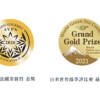
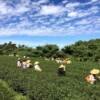
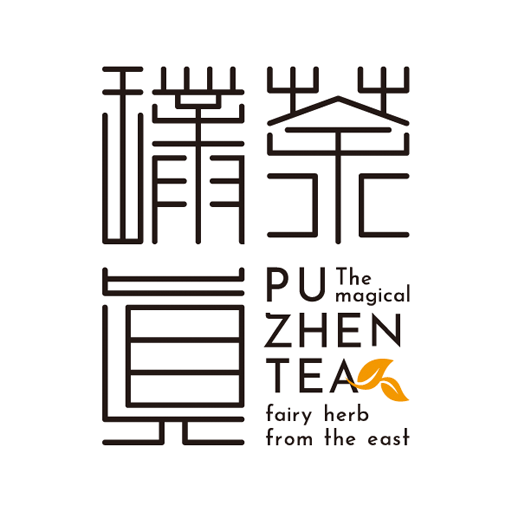
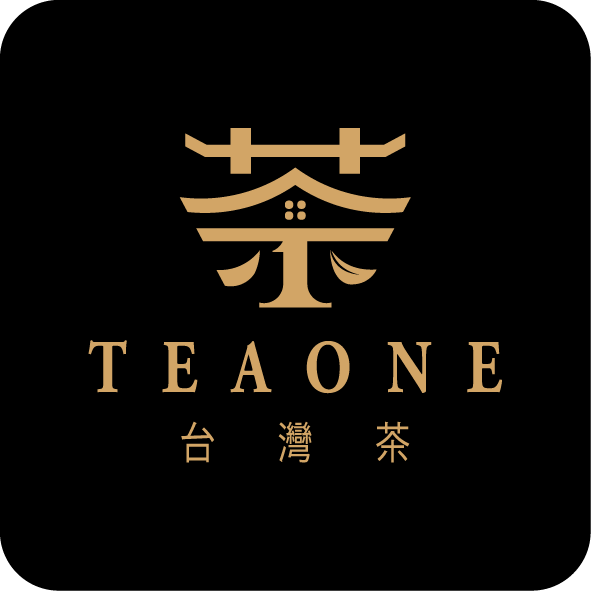
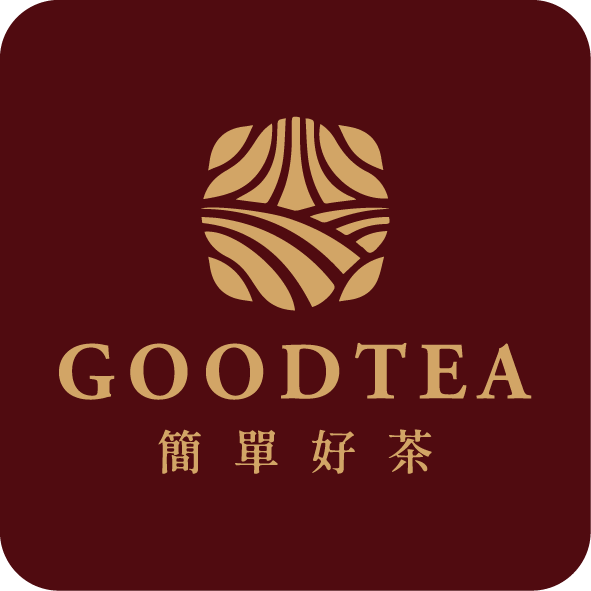
Leave a reply